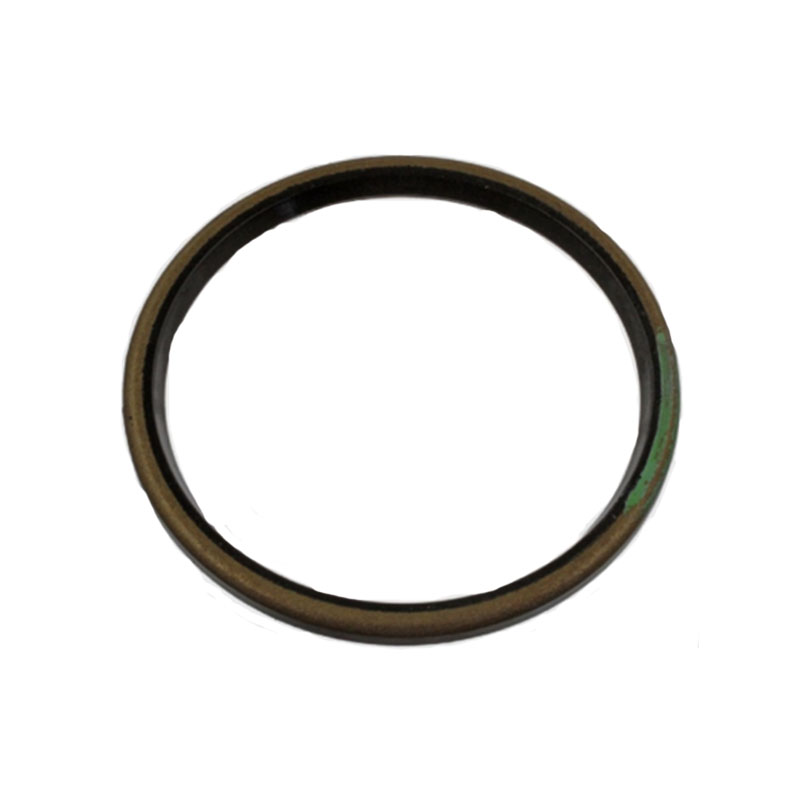Understanding the Importance of Oil Drain Plug Screw in Vehicle Maintenance and Performance
Understanding the Oil Drain Plug Screw An Essential Component for Automotive Maintenance
The oil drain plug screw is a small yet critical component found in virtually every vehicle's engine oil system. While it may seem insignificant in the grand scheme of mechanical engineering, its importance cannot be overlooked, especially when it comes to maintaining engine performance and longevity. In this article, we will explore the functionality, types, and maintenance of the oil drain plug screw, shedding light on why it matters to every vehicle owner.
Functionality of the Oil Drain Plug Screw
The primary purpose of the oil drain plug screw is to provide a secure closing mechanism for the oil pan. The oil pan serves as a reservoir for engine oil, which lubricates the engine components, aiding in reducing friction and heat. The drain plug allows for the convenient drainage of used oil during routine oil changes, ensuring that old, contaminated oil does not remain in the system, which could lead to engine wear and reduced efficiency.
Typically located at the lowest point of the oil pan, the drain plug screw is designed to withstand the high temperatures and pressures of the engine's environment. With a proper seal, it prevents leaks and ensures that the oil remains contained within the system. This functionality is crucial, as even a small leak can lead to significant oil loss and potential engine damage.
Types of Oil Drain Plug Screws
Oil drain plug screws come in various designs and materials to cater to different engine specifications. Commonly, they are made from aluminum, steel, or plastic, with aluminum being favored for its lightweight nature and resistance to corrosion. Some manufacturers also incorporate rubber gaskets to enhance the sealing ability of the plug, preventing oil leaks.
oil drain plug screw

Additionally, there are magnetic drain plug screws available, which have a magnet embedded in them. These are particularly useful for detecting metal shavings and debris that may accumulate in the oil, serving as an early warning system for potential mechanical issues within the engine. By capturing these particles, magnetic drain plugs can provide valuable information regarding the engine's health.
Maintenance and Best Practices
Regular maintenance of the oil drain plug screw is essential for ensuring a leak-free operation. This involves checking the tightness of the plug during oil changes and inspecting it for any signs of wear or damage. Over time, the threads may wear out, or the gasket may lose its sealing ability, leading to oil leaks. If any damage is detected, it is crucial to replace the drain plug immediately to prevent potential engine issues.
When changing oil, always use the manufacturer's recommended torque specifications for tightening the drain plug. Over-tightening can result in stripped threads or cracking of the oil pan, while under-tightening can lead to oil leaks. A torque wrench can ensure that the correct amount of pressure is applied.
Additionally, it's advisable to keep an eye on oil levels and watch for any unusual signals, such as oil spots under the vehicle, which could indicate a leak from the drain plug or other parts of the oil system.
Conclusion
While the oil drain plug screw may not be the most glamorous component of an engine, it plays a vital role in maintaining the efficiency and performance of a vehicle. Understanding its function and maintaining it properly can lead to a longer engine lifespan and improved performance. Whether you are a seasoned mechanic or a new vehicle owner, awareness of the importance of the oil drain plug screw is an essential part of automotive maintenance that should not be ignored.
-
The Ultimate Guide to Boat Propeller Bearings and Trailer Wheel Bearings
News Jul.31,2025
-
The Essential Guide to Marine Bearings and Boat Trailer Wheel Bearings
News Jul.31,2025
-
The Complete Guide to Heavy Duty Seals: Protecting Doors and Spaces Efficiently
News Jul.31,2025
-
Essential Guide to Marine Shaft Bearings and Boat Trailer Axle Bearings
News Jul.31,2025
-
Comprehensive Guide to Marine and Trailer Bearings for Safe Boating and Transport
News Jul.31,2025
-
Comprehensive Guide to Automotive Oil Seals: Protecting Your Engine and Shafts
News Jul.31,2025
-
Understanding Automotive Oil Seals: Essential Components for Engine and Shaft Protection
News Jul.30,2025
Products categories















